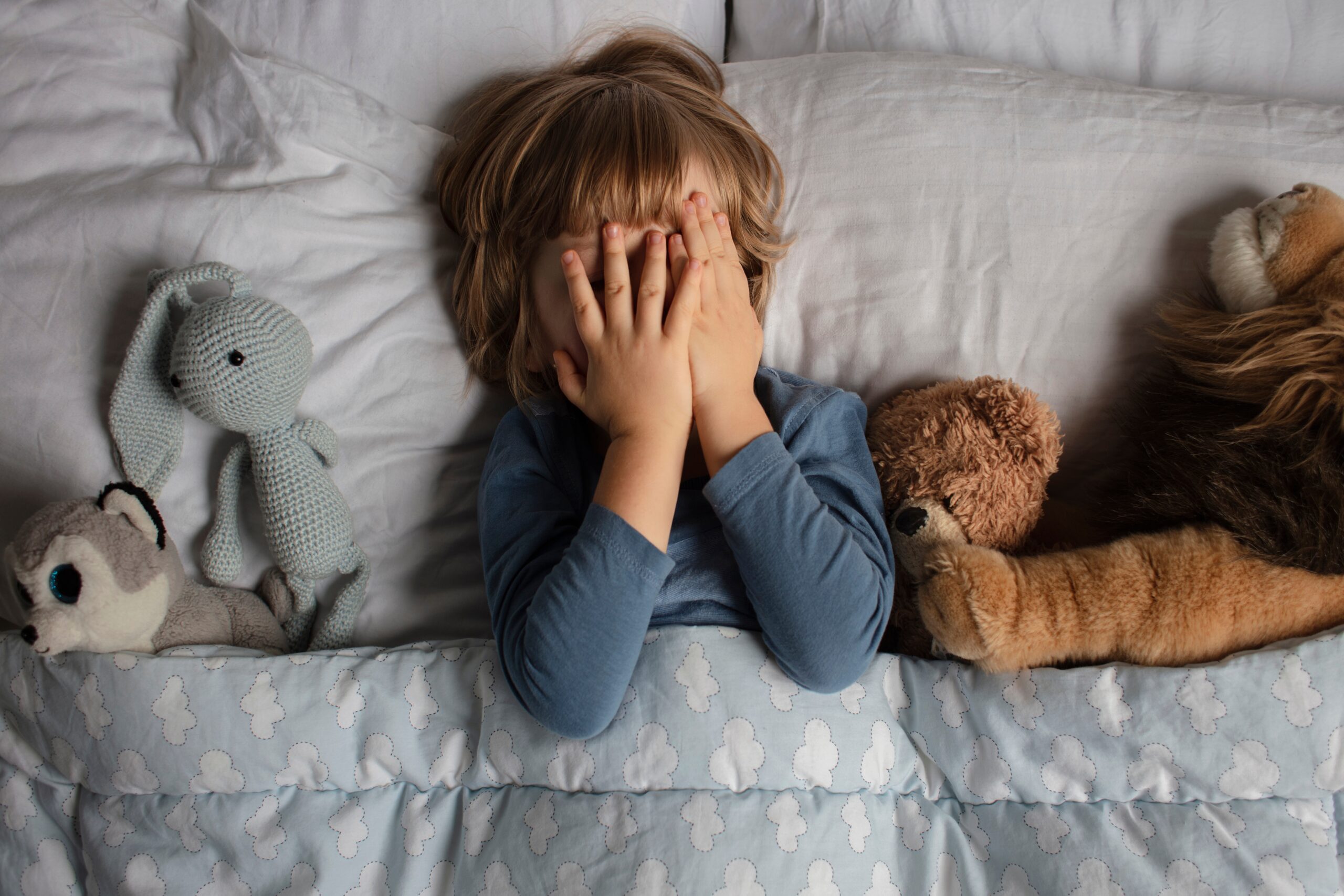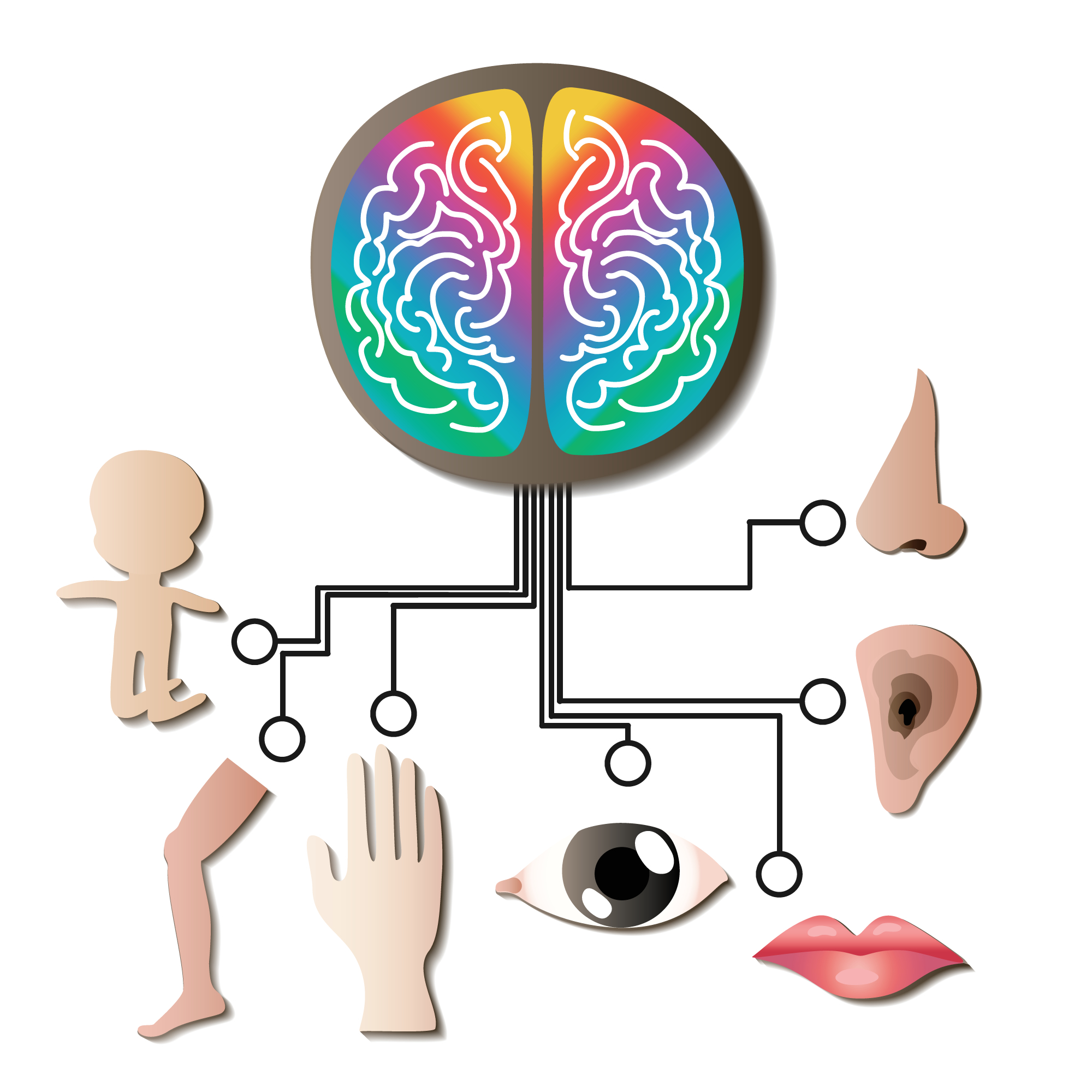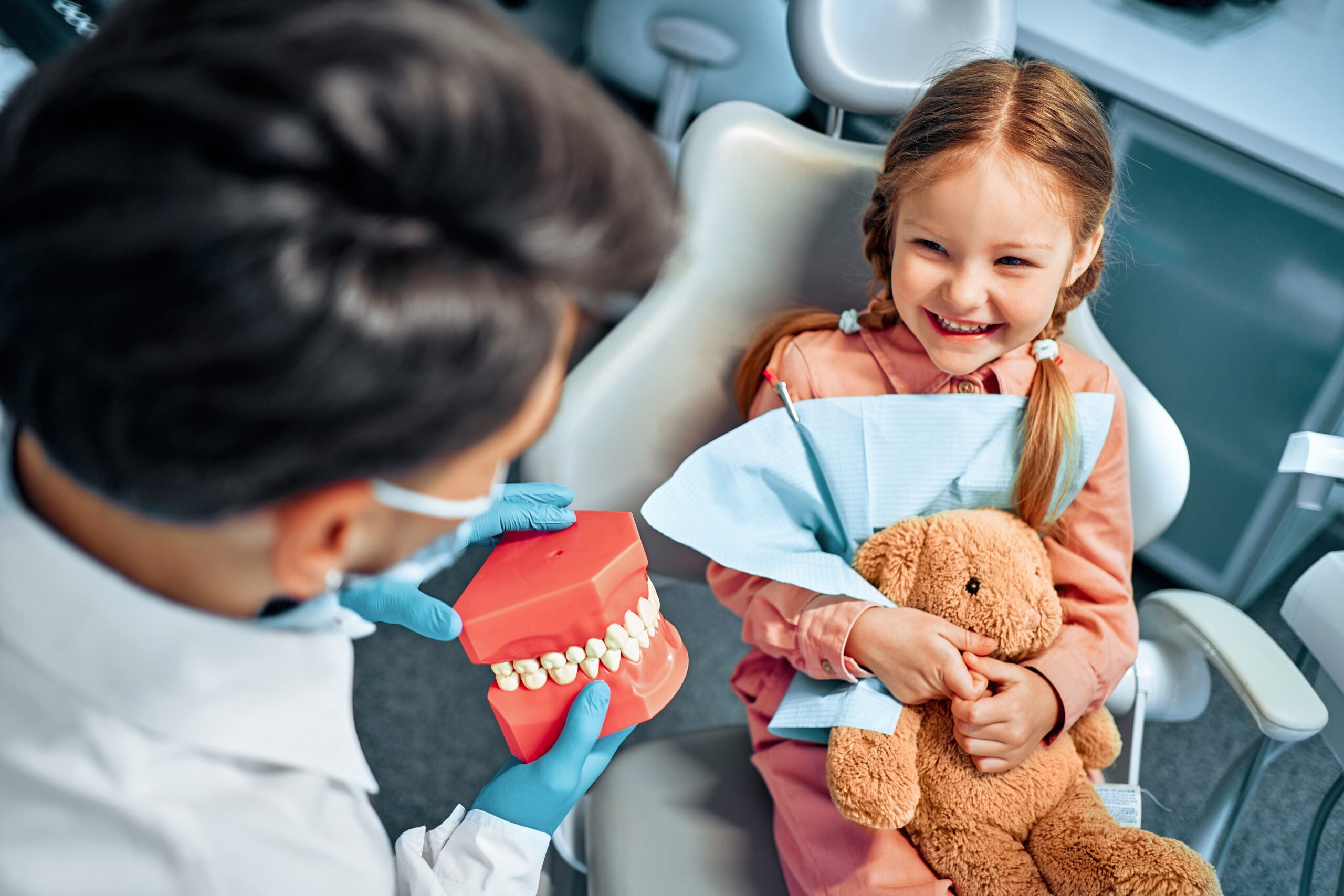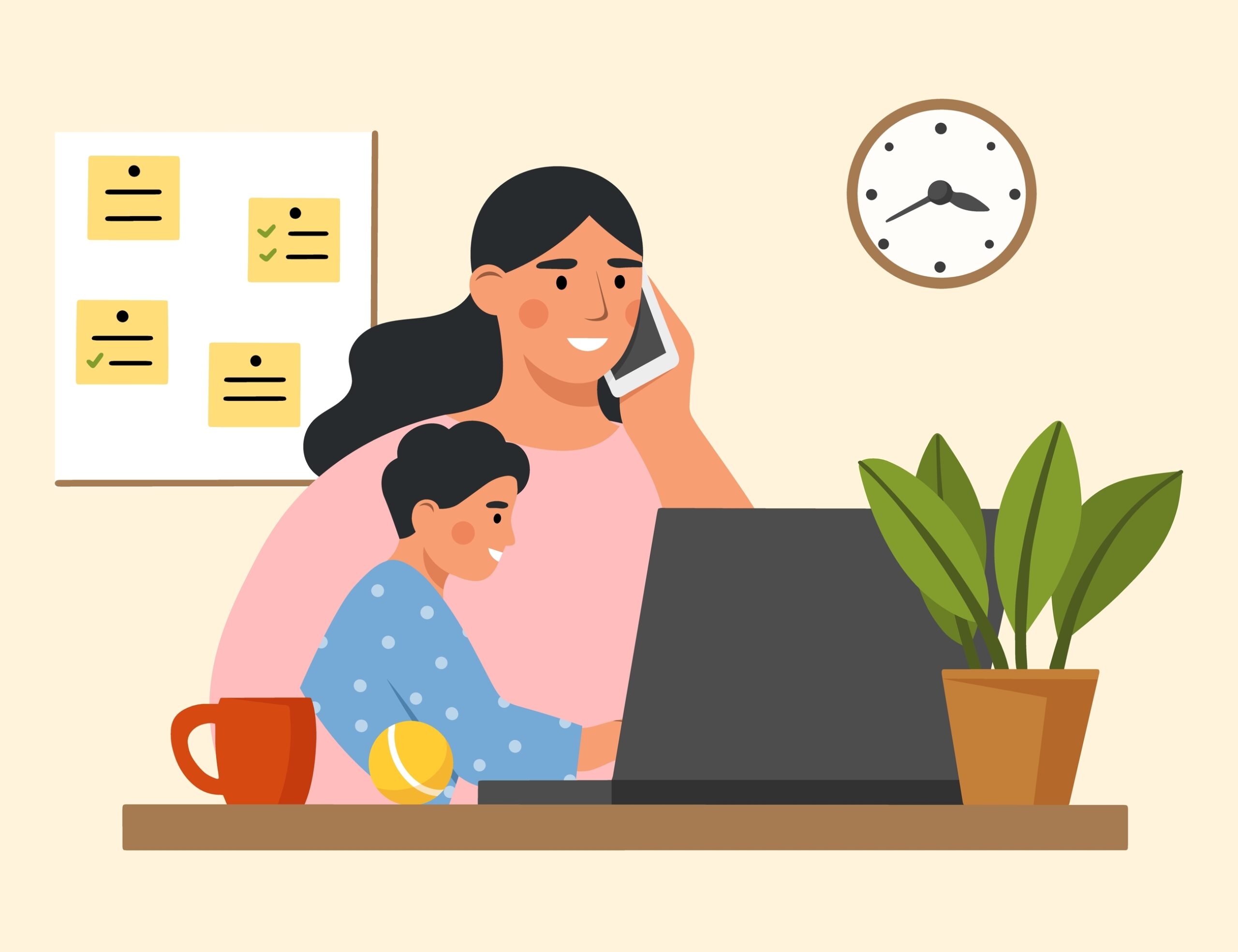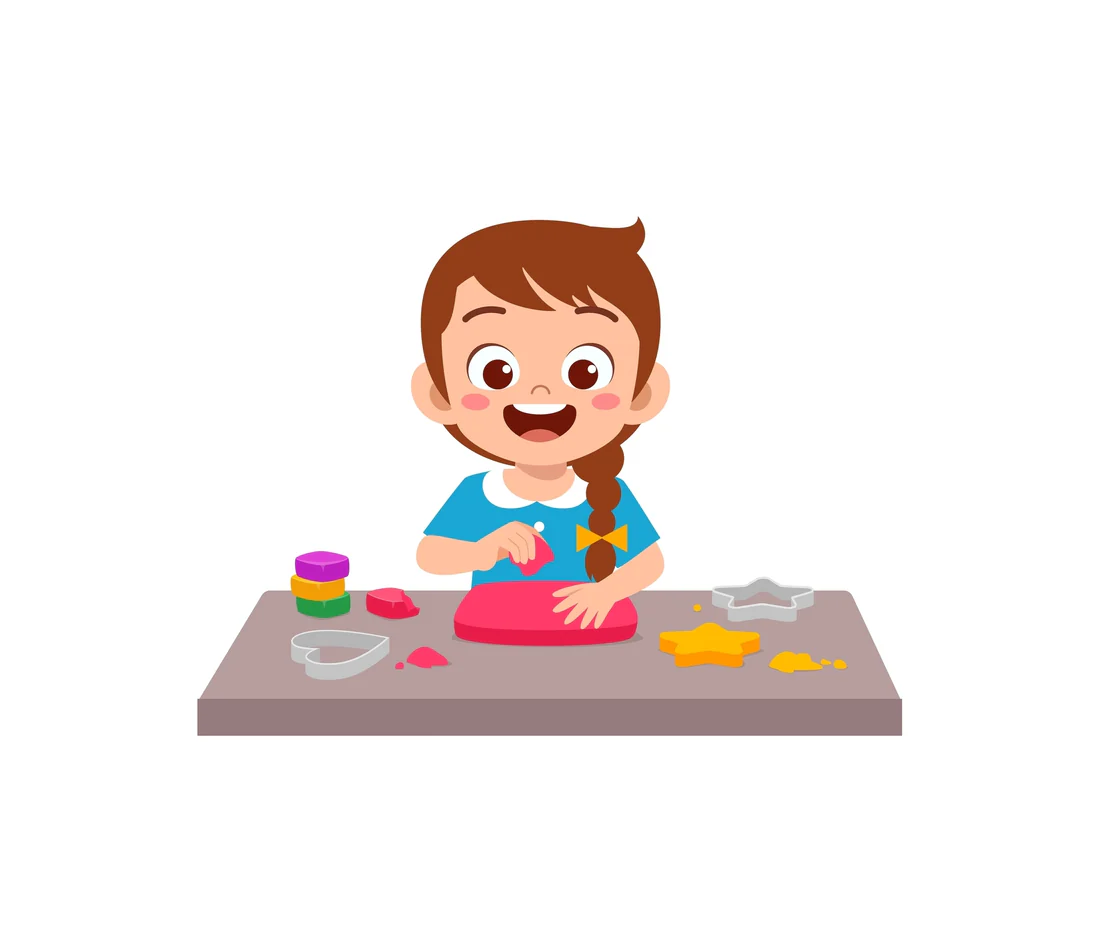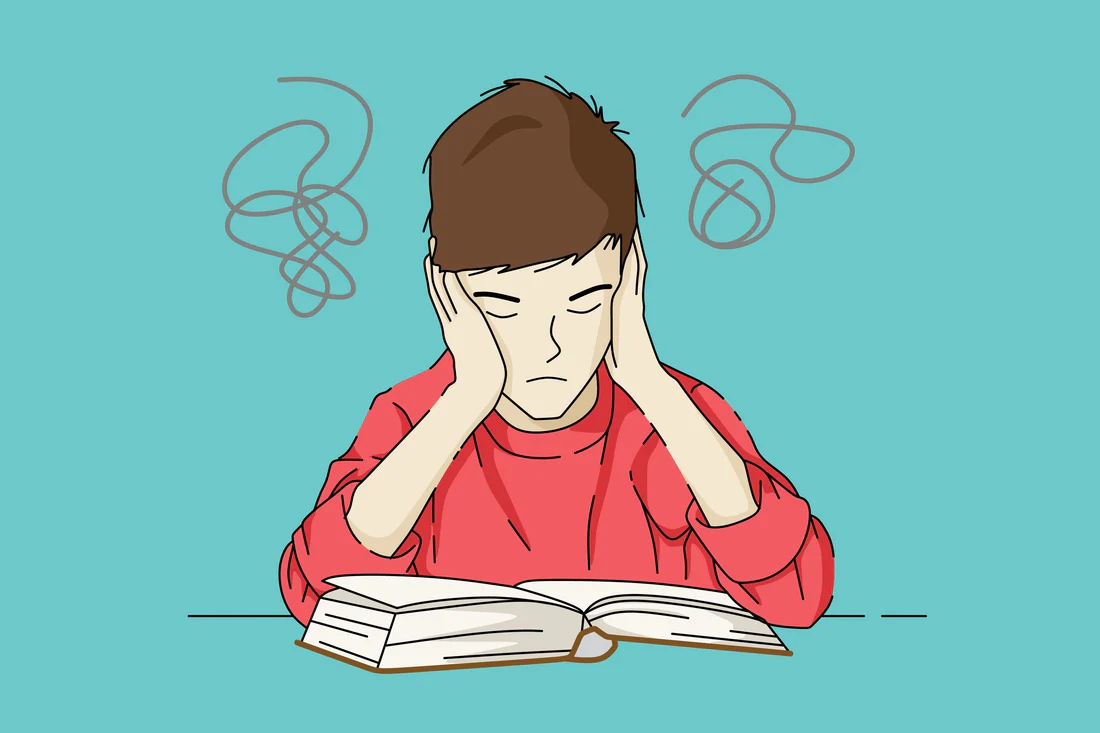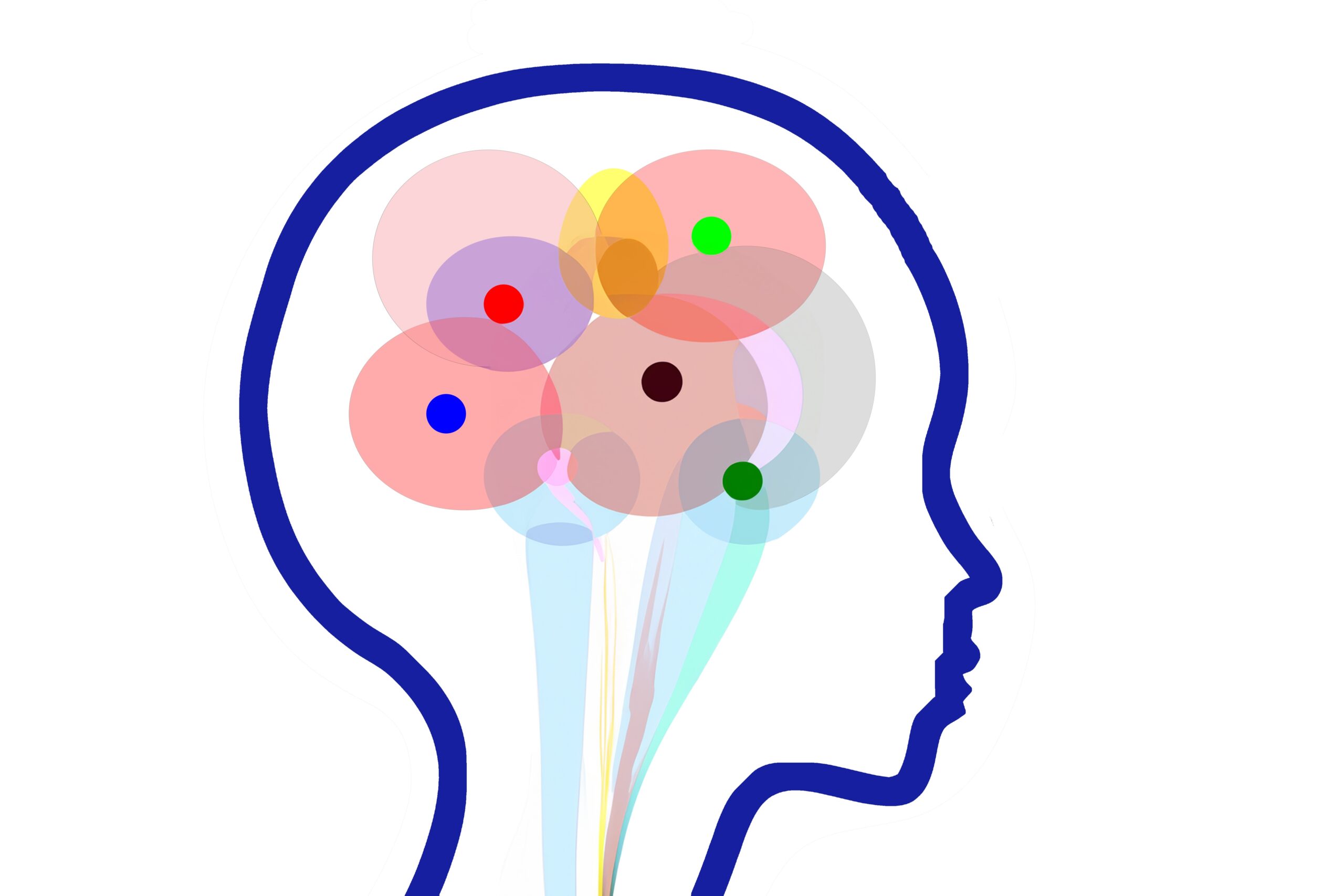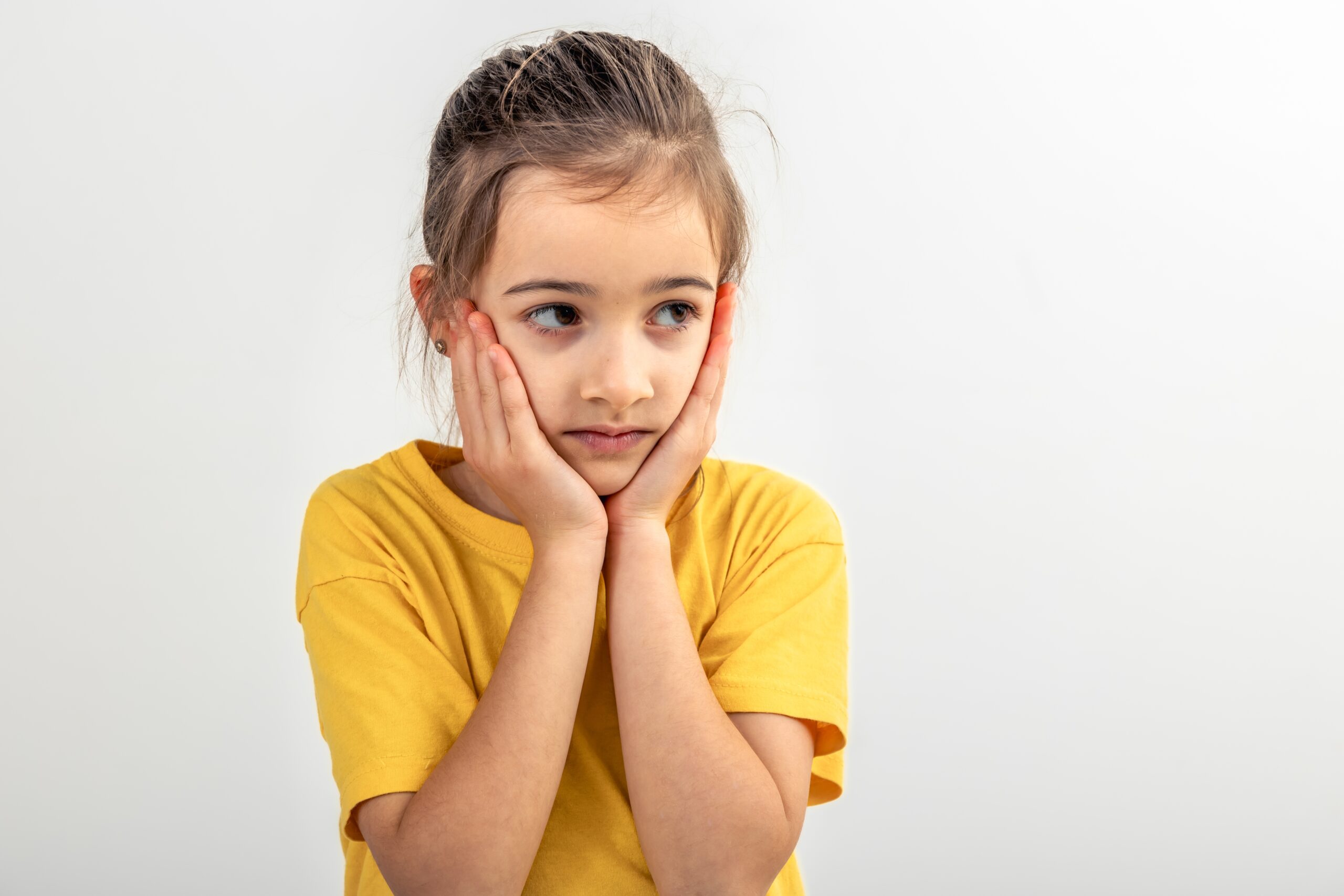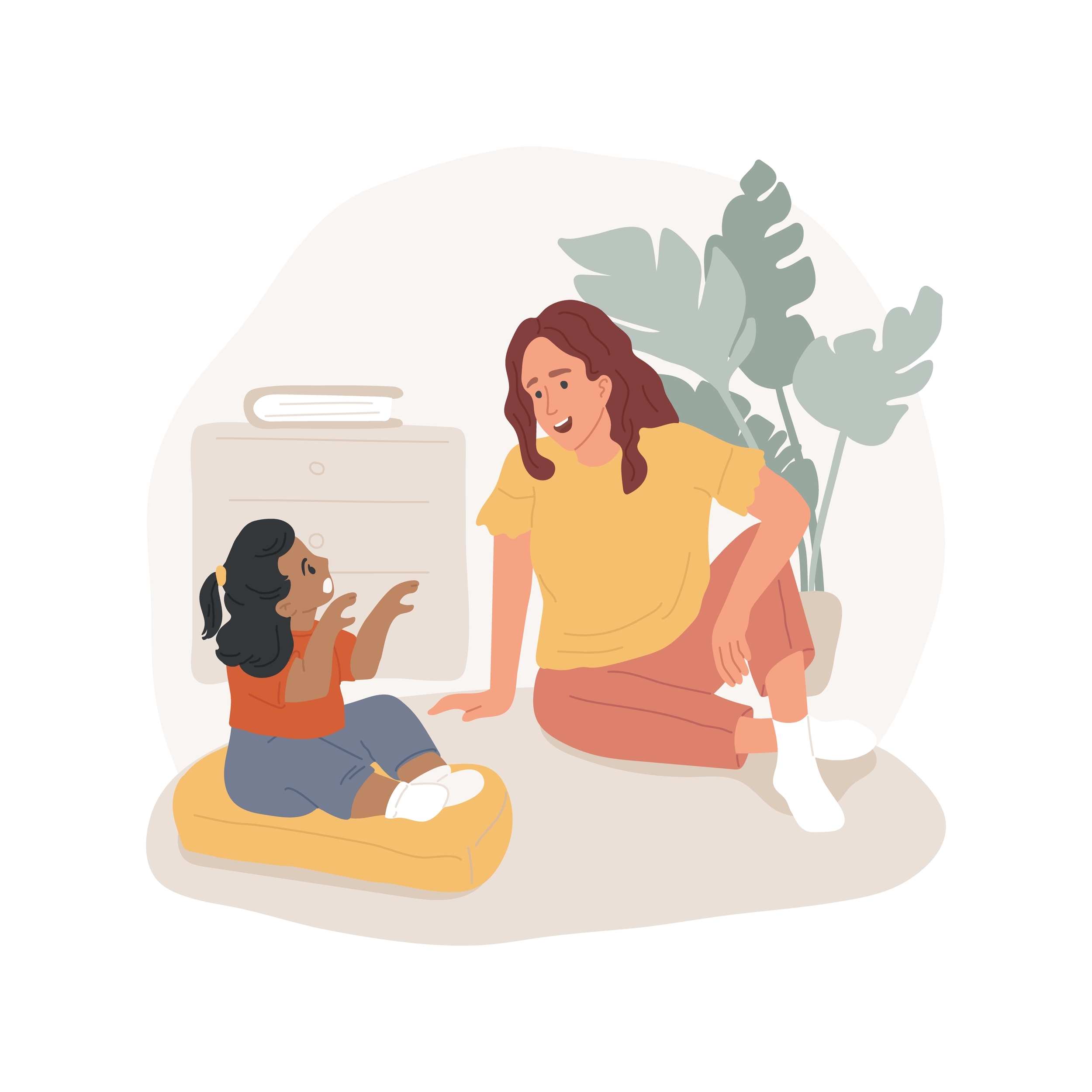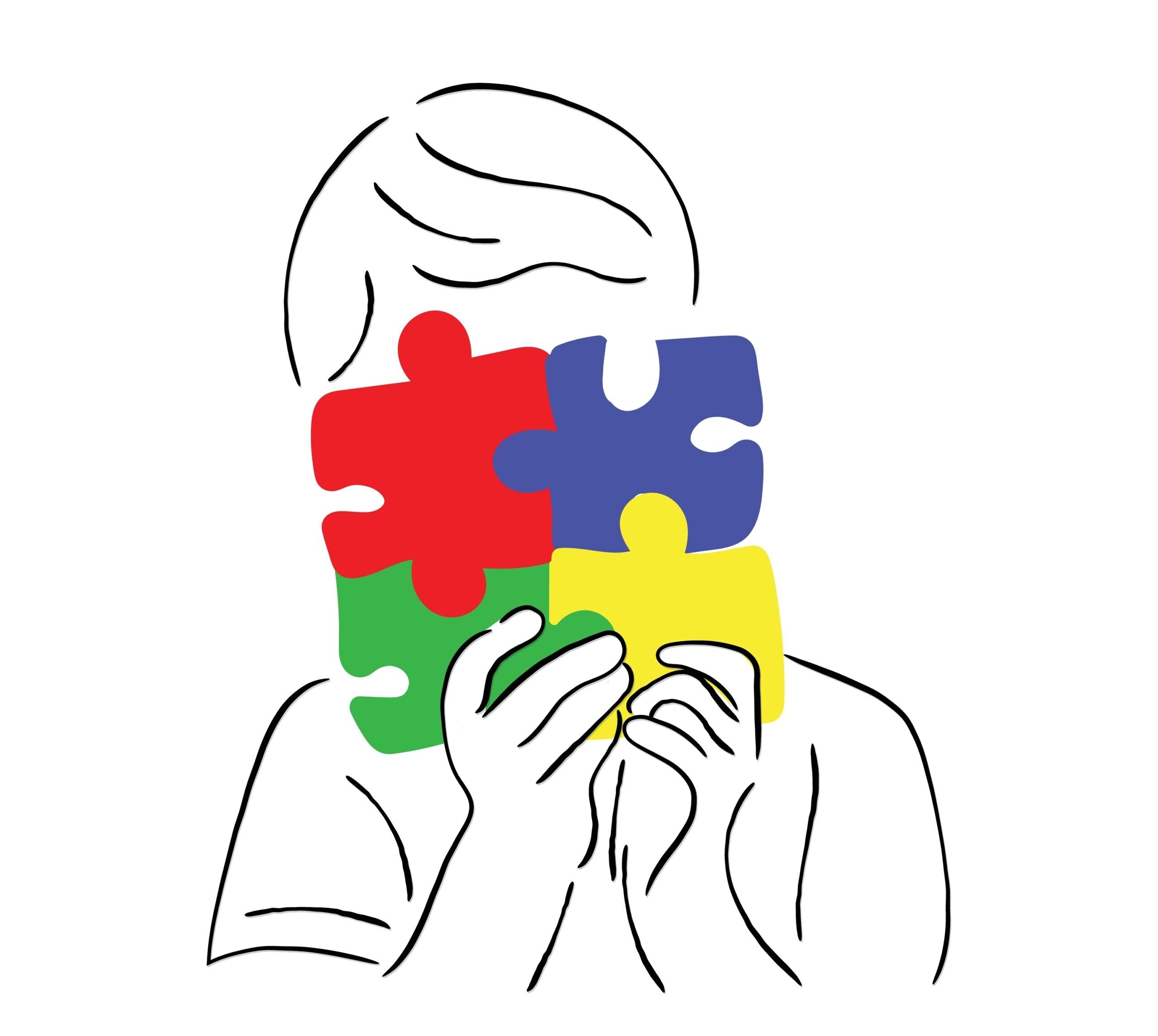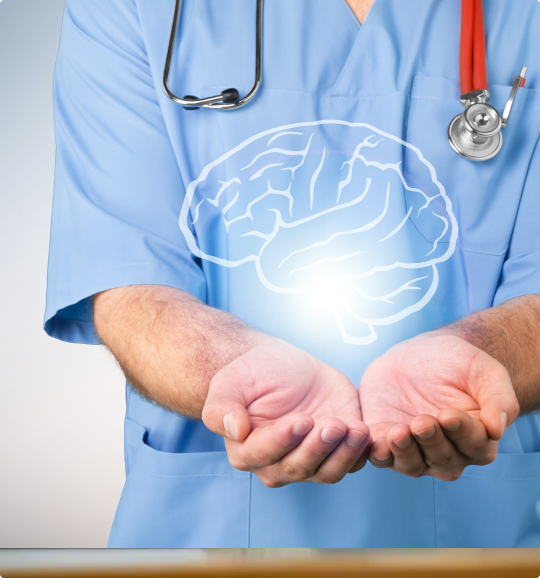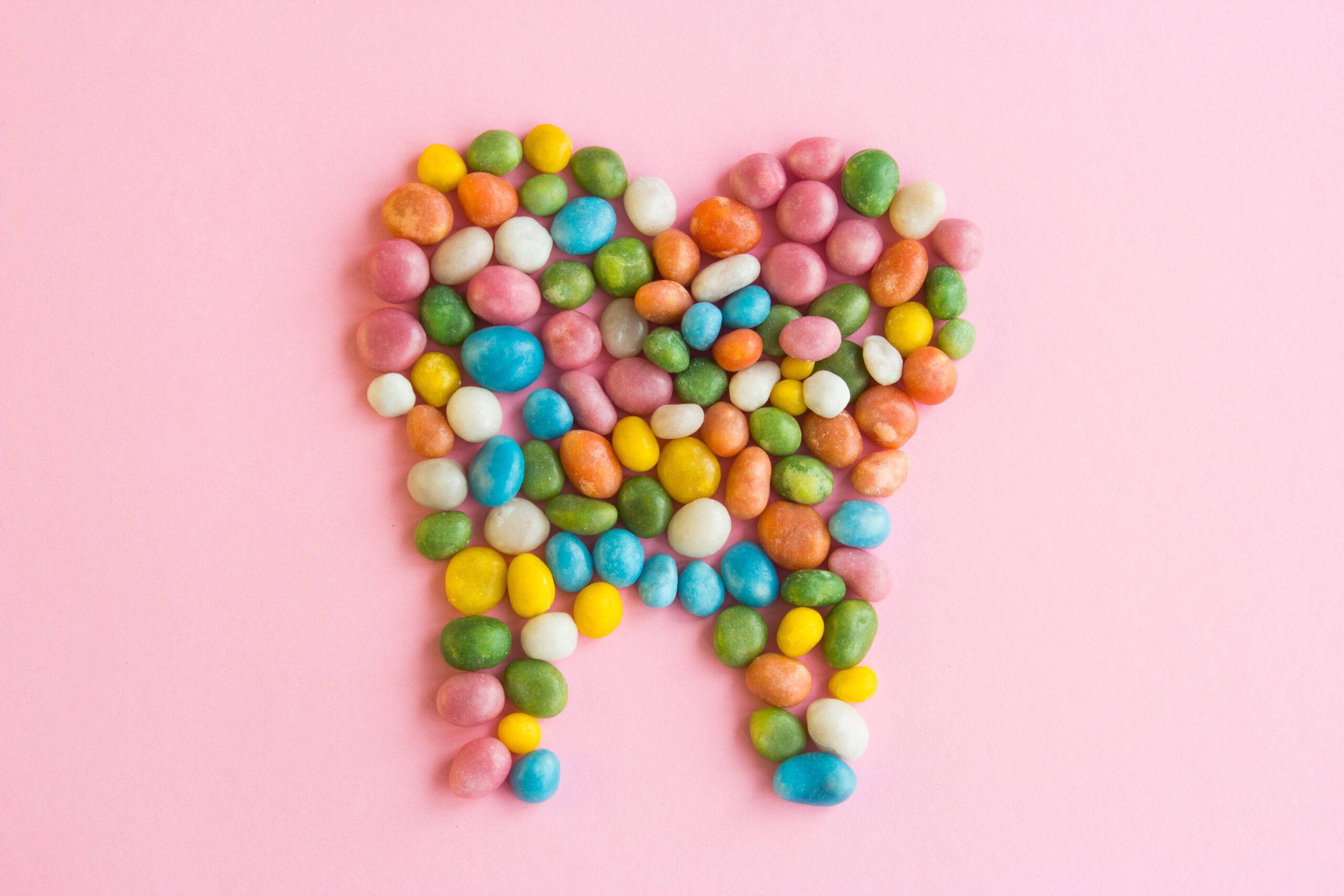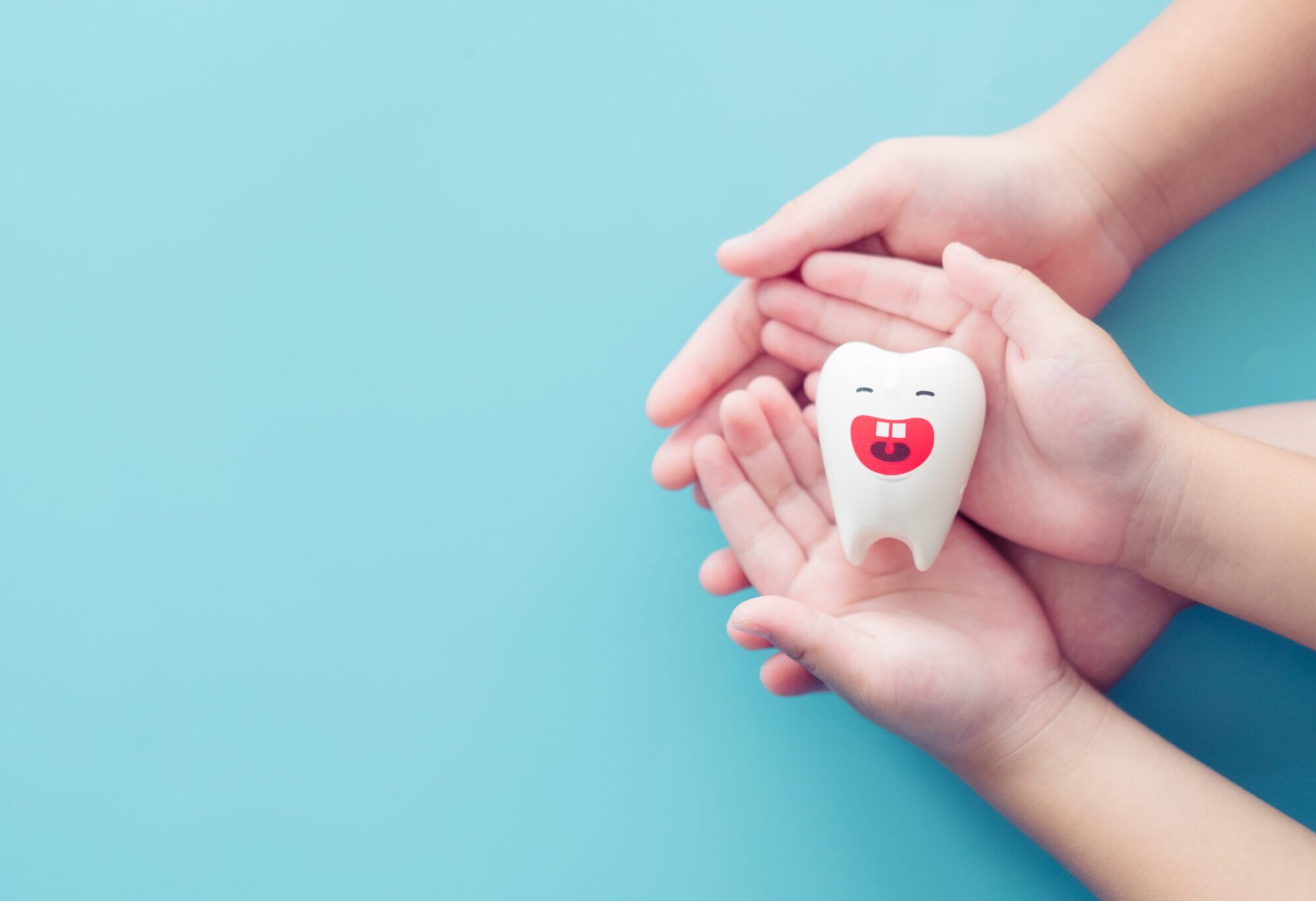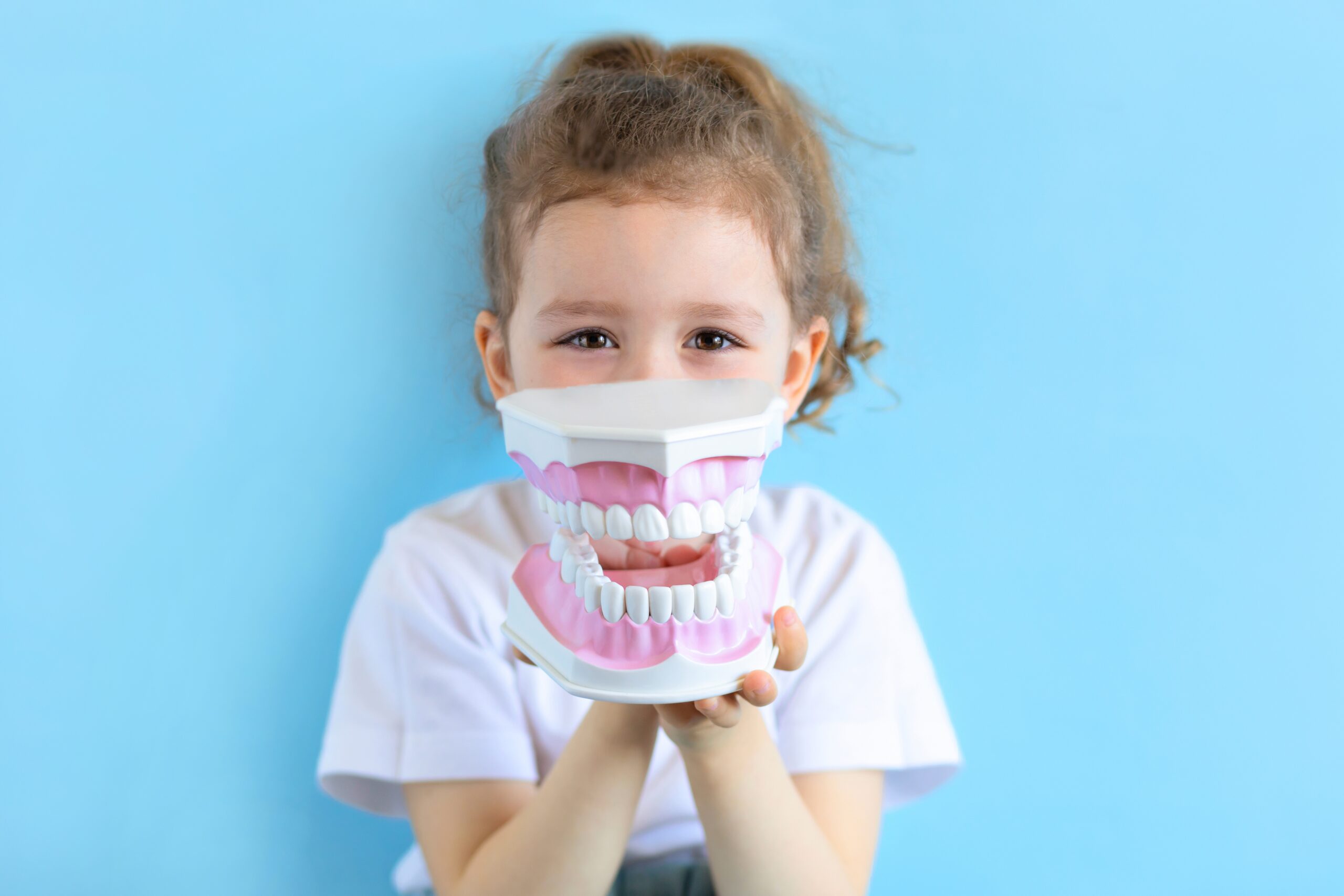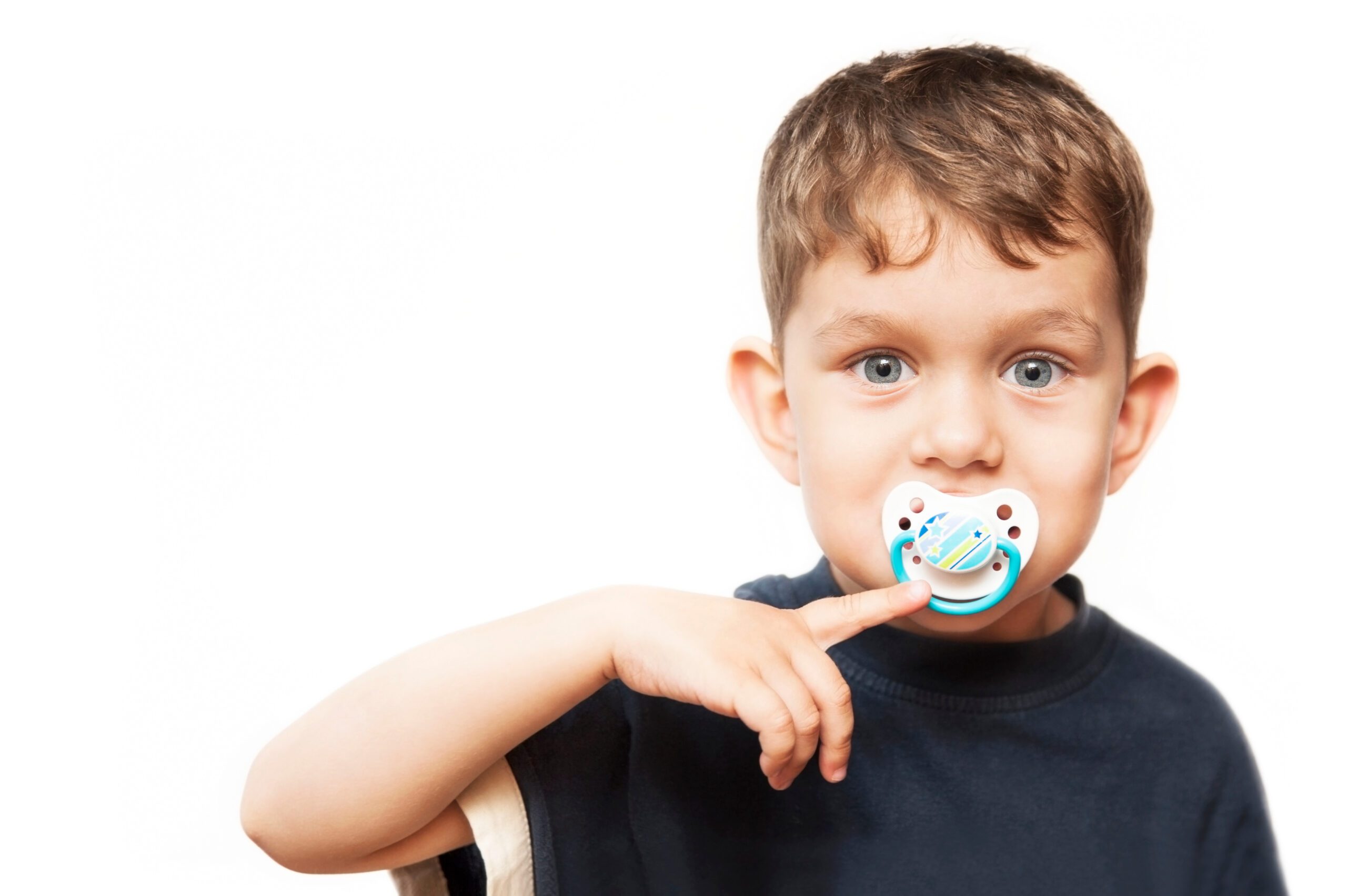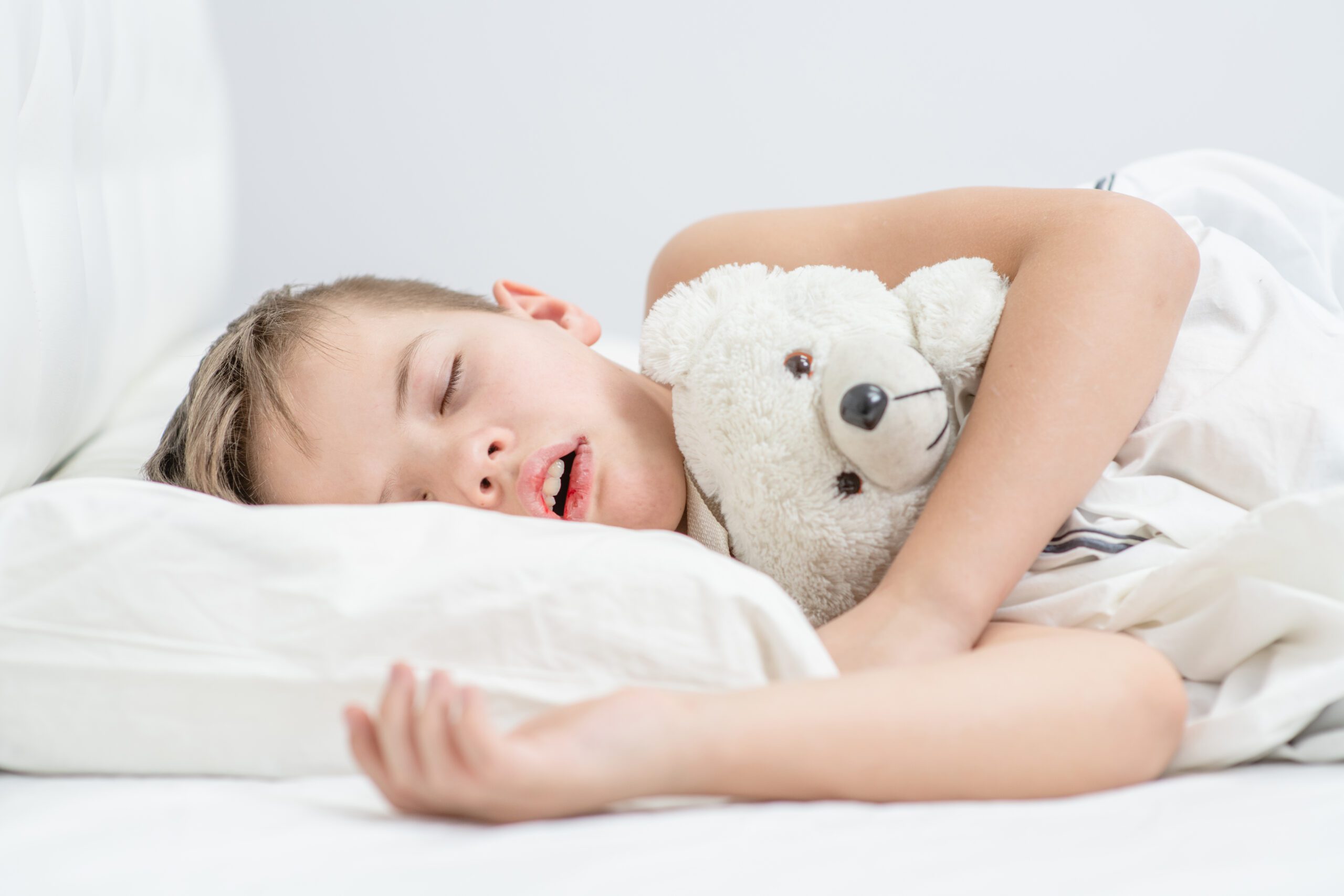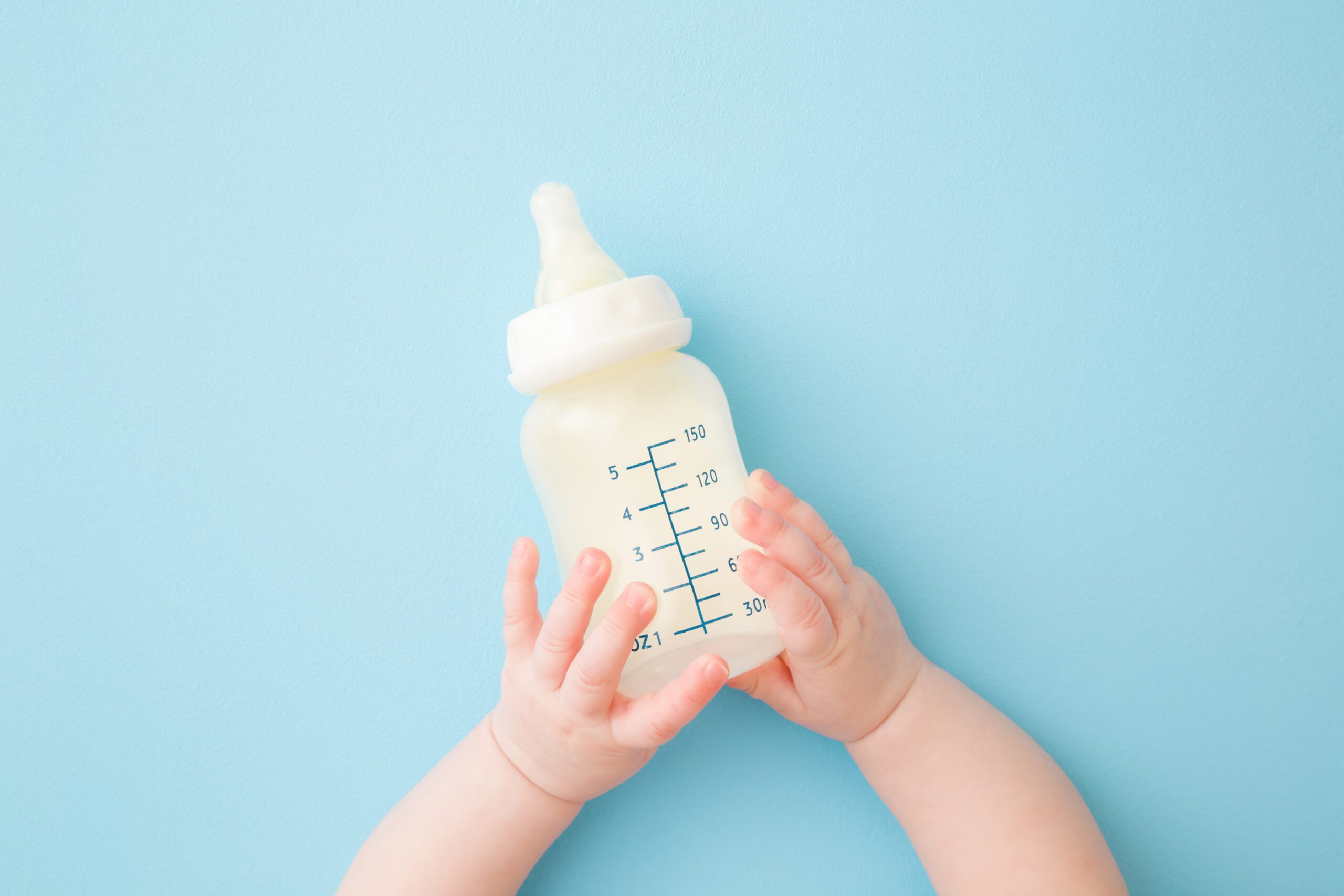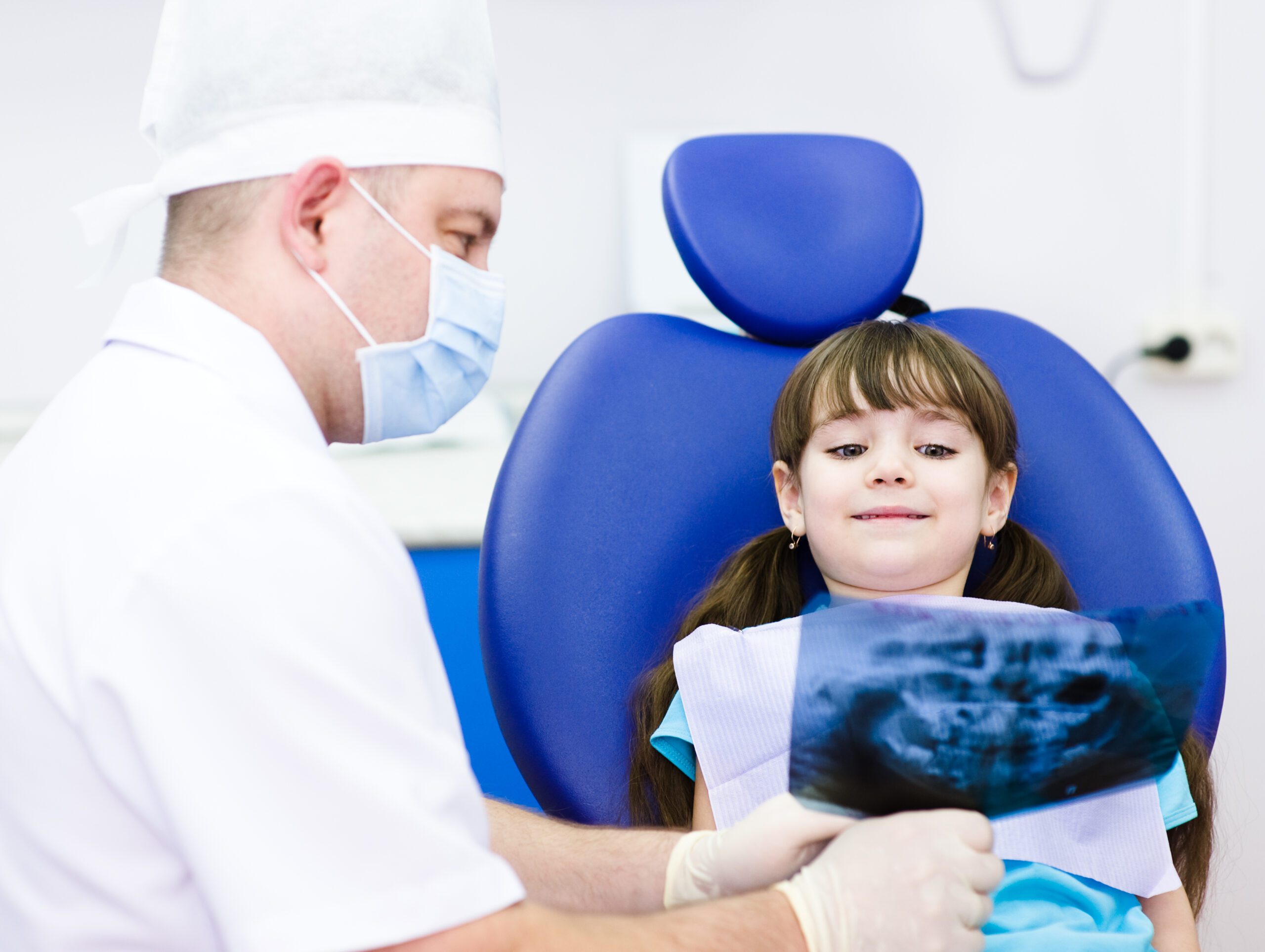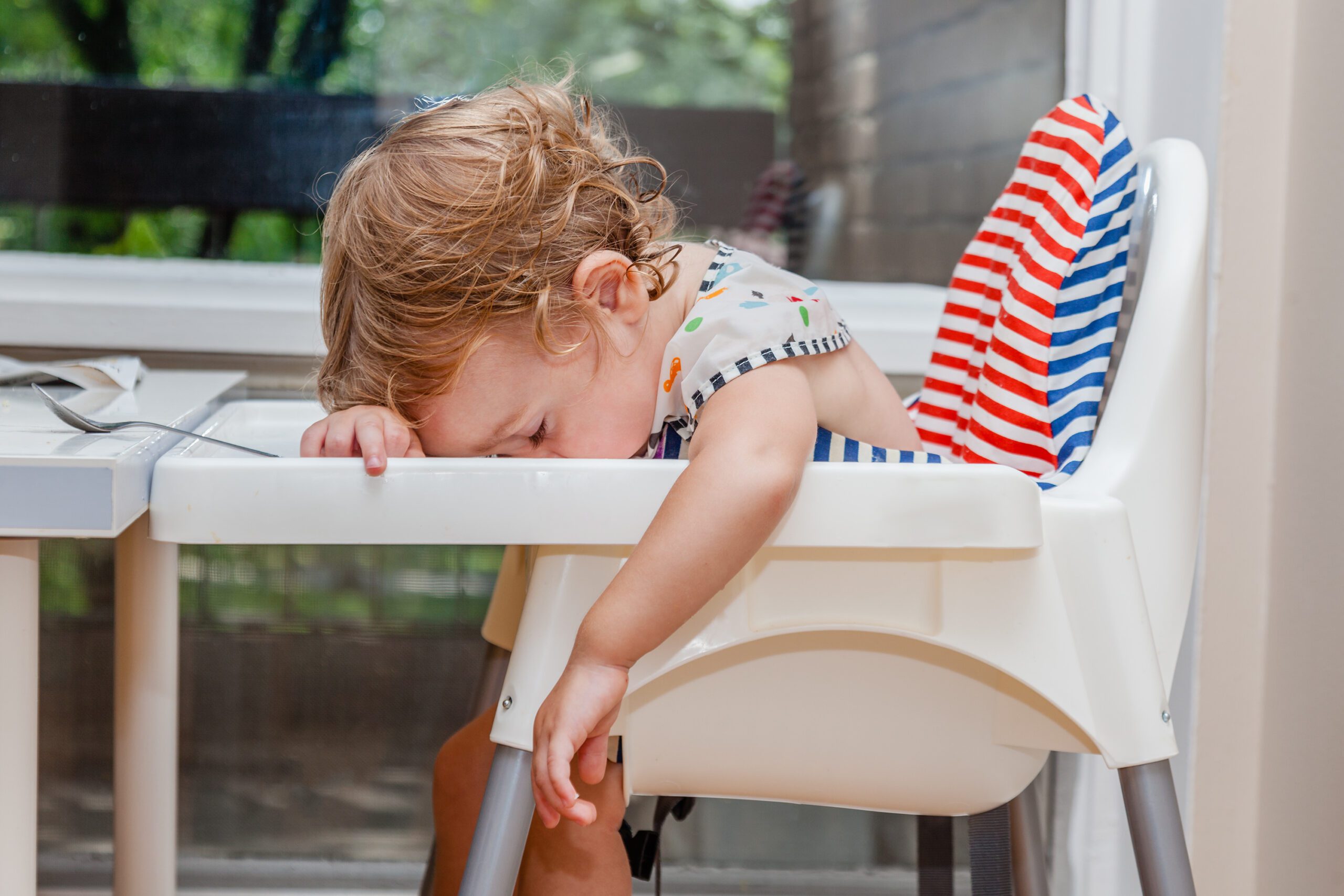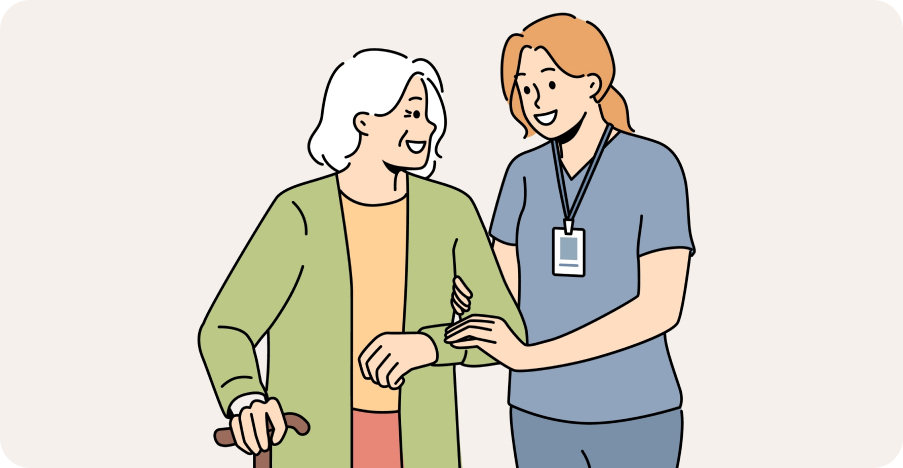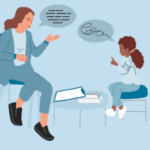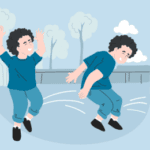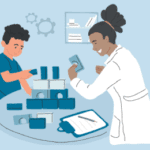
ADD-ADHD
- Child ADHD: Symptoms, Causes, Treatments
- Teen ADHD (Adolescents): Symptoms, Causes, Treatments
- Adult ADHD: Symptoms, Causes, Treatments
- Understanding the 3 Types of ADHD: Inattentive, Hyperactive-Impulsive & Combined Explained
- ADHD Treatment Options: Medications, Therapies, and Natural Approaches for Children & Adults

Neurodevelopmental Disorders & Learning Differences
- Dyslexia in Children: Symptoms, Causes & Best Therapies
- Dysgraphia in Children: Symptoms, Diagnosis & Treatment
- What Is Dyscalculia? Symptoms, Causes & Treatment
- Specific Learning Disorder with Impairment in Reading | Symptoms, Treatment & Therapists Near You
- Nonverbal Learning Disorder (NVLD): Symptoms, Causes & Therapies
- What Is Giftedness in Children? Signs, Support & Therapists
- Language Processing Disorder in Children: Signs, Therapy & Support
- Language Disorders in Children: Signs, Types & Therapy
- Delayed Speech in Children: Causes, Signs, and Therapy Options
- Executive Function Disorder in Children: Signs, Support & Therapy
- Apraxia of Speech in Children: Signs, Diagnosis & Therapy
- Understanding Intellectual Disability in Children: Signs, Support & Therapies
- What Is Twice-Exceptional (2e)? Signs, Challenges & Support for Gifted Children with Disabilities
- Global Developmental Delay (GDD)
Child ADHD: Symptoms, Causes, Treatments

Authored by: The DrSensory Editorial Team
Reviewed by: 🛡️ DrSensory Clinical Review Board
Last updated: June 2025
What is ADHD in children?
ADHD in children (Attention-Deficit/Hyperactivity Disorder) is a common neurodevelopmental condition that affects a child’s ability to focus, control impulses, and manage energy levels. It often appears before age 12 and can impact performance at school, relationships with peers, and behavior at home. Children with ADHD may be easily distracted, hyperactive, or impulsive, which can interfere with learning and daily routines. Early diagnosis and support can significantly improve long-term outcomes.
Understanding the 3 Types of ADHD: Inattentive, Hyperactive-Impulsive & Combined Explained
ADHD Treatment Options: Medications, Therapies, and Natural Approaches for Children & Adults
What are the signs and symptoms of ADHD in children?
Common symptoms of ADHD in children include:
- Trouble paying attention or staying focused in class
- Frequent fidgeting or inability to sit still
- Talking excessively or interrupting others
- Difficulty following instructions or completing tasks
- Forgetfulness and disorganization
- Impulsive behavior or emotional outbursts
ADHD symptoms can vary between children and often become more noticeable once school starts. Symptoms must be present for at least six months and affect multiple settings (e.g., home, school) to be considered ADHD.
What are the treatment options for children with ADHD?
Child ADHD treatment often involves a combination of behavioral therapies, parent training, school support, and sometimes medication.
- Behavioral therapy helps children develop self-control and social skills.
- Parent training teaches caregivers strategies for managing challenging behaviors.
- Medication, such as stimulants (e.g., Ritalin, Adderall), may be prescribed in moderate to severe cases to improve focus and reduce hyperactivity.
- Educational accommodations, like IEPs or 504 plans, help support learning in school environments.
A tailored treatment plan created with a pediatrician or child psychologist is essential for best results.
ADHD Treatment Options: Medications, Therapies, and Natural Approaches for Children & Adults
What are the different types of ADHD in children?
Children can be diagnosed with one of three types of ADHD, depending on their specific symptom pattern:
- Predominantly Inattentive Type: Child appears distracted, forgetful, or struggles with instructions.
- Predominantly Hyperactive-Impulsive Type: Constant movement, impulsiveness, and difficulty waiting their turn.
- Combined Type: Features of both inattentive and hyperactive-impulsive symptoms.
Recognizing the type of ADHD your child has can help healthcare providers recommend the most appropriate treatment and support strategies.
Understanding the 3 Types of ADHD: Inattentive, Hyperactive-Impulsive & Combined Explained
This page provides general educational content and is not a substitute for professional medical advice. Always consult a licensed provider for diagnosis and treatment.
View privacy policy, copyright and trust info
More on ADHD
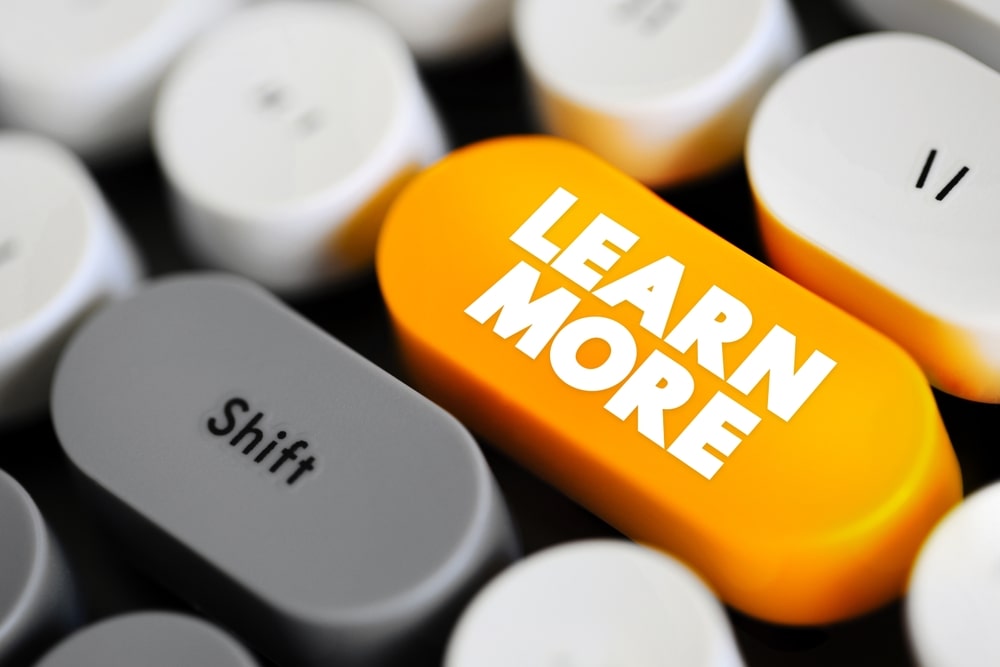
- Child ADHD: Symptoms, Causes, Treatments
- Teen ADHD (Adolescents): Symptoms, Causes, Treatments
- Adult ADHD: Symptoms, Causes, Treatments
- Understanding the 3 Types of ADHD: Inattentive, Hyperactive-Impulsive & Combined Explained
- ADHD Treatment Options: Medications, Therapies, and Natural Approaches for Children & Adults
Find a Therapist near you
Are you looking for a physical, occupational, or speech therapist in your area?
Look no further than the DrSensory Therapist Database and Clinic Directory!
Find a Therapist
Find the physical therapist, occupational therapist, or speech language pathologist you’re looking for!
Ask Us Anything
Whether you are looking for advice, have a general question about sensory processing, or looking for resources.
Submit Your Story
Share your story about your child. Let’s celebrate milestones and learn more about challenges.



































